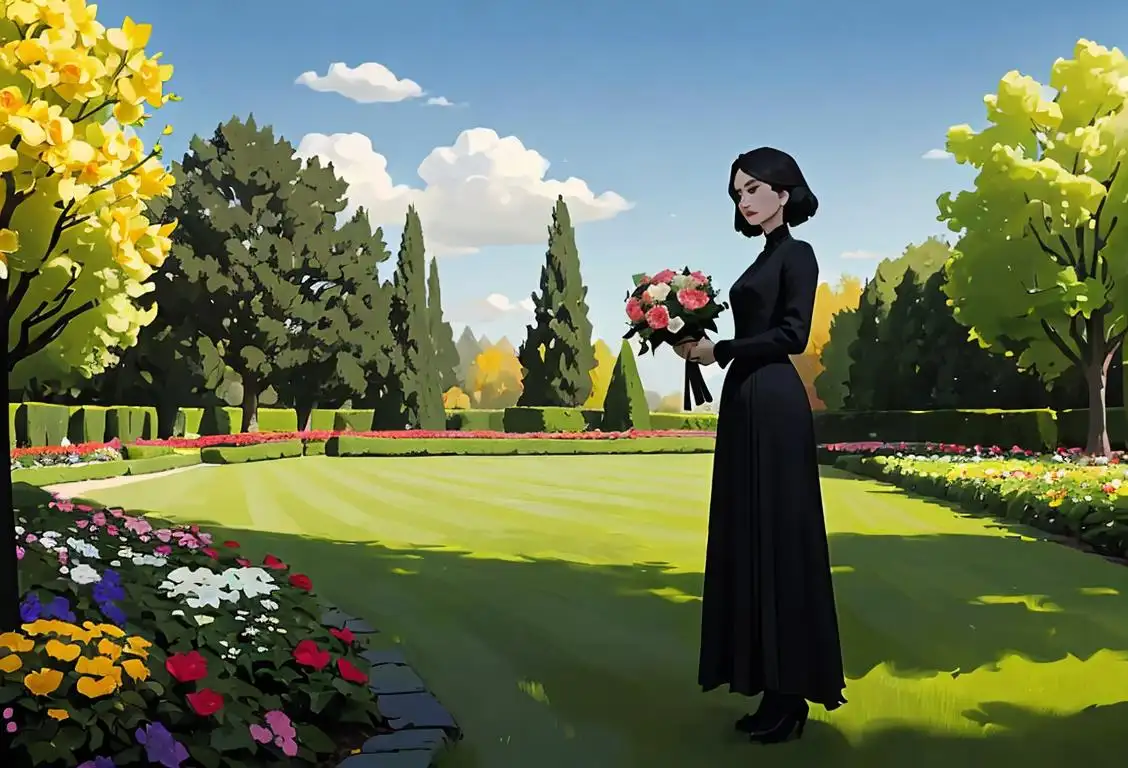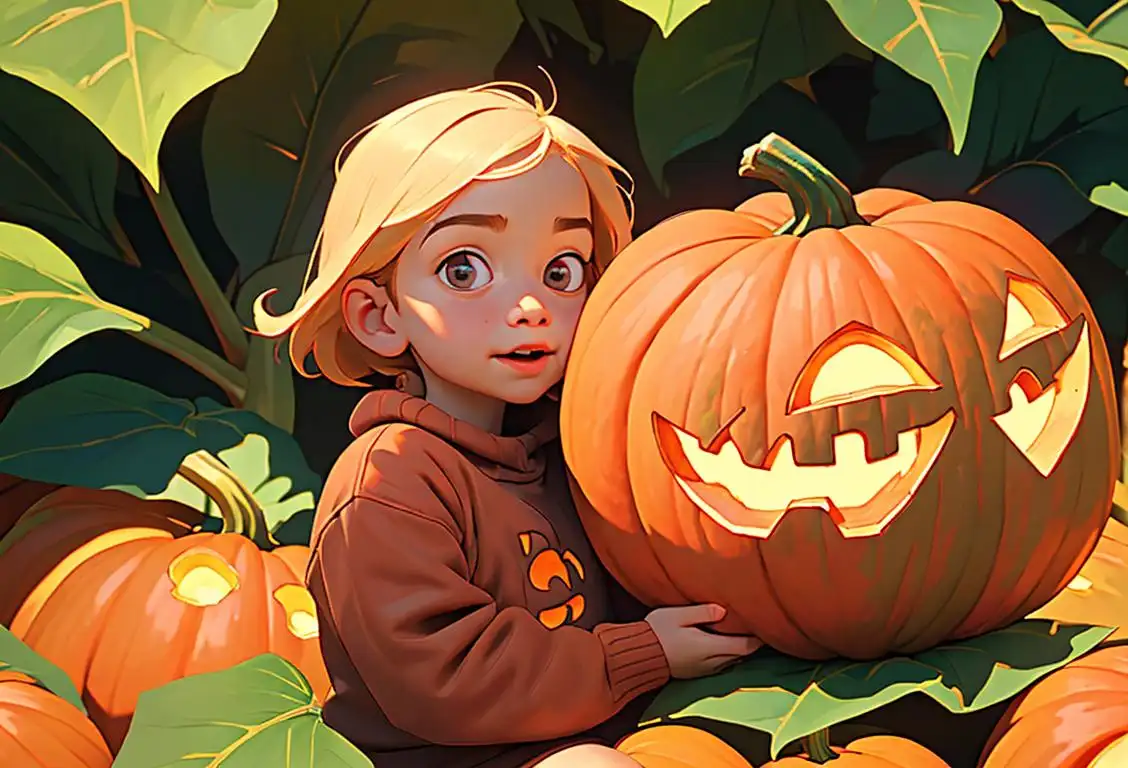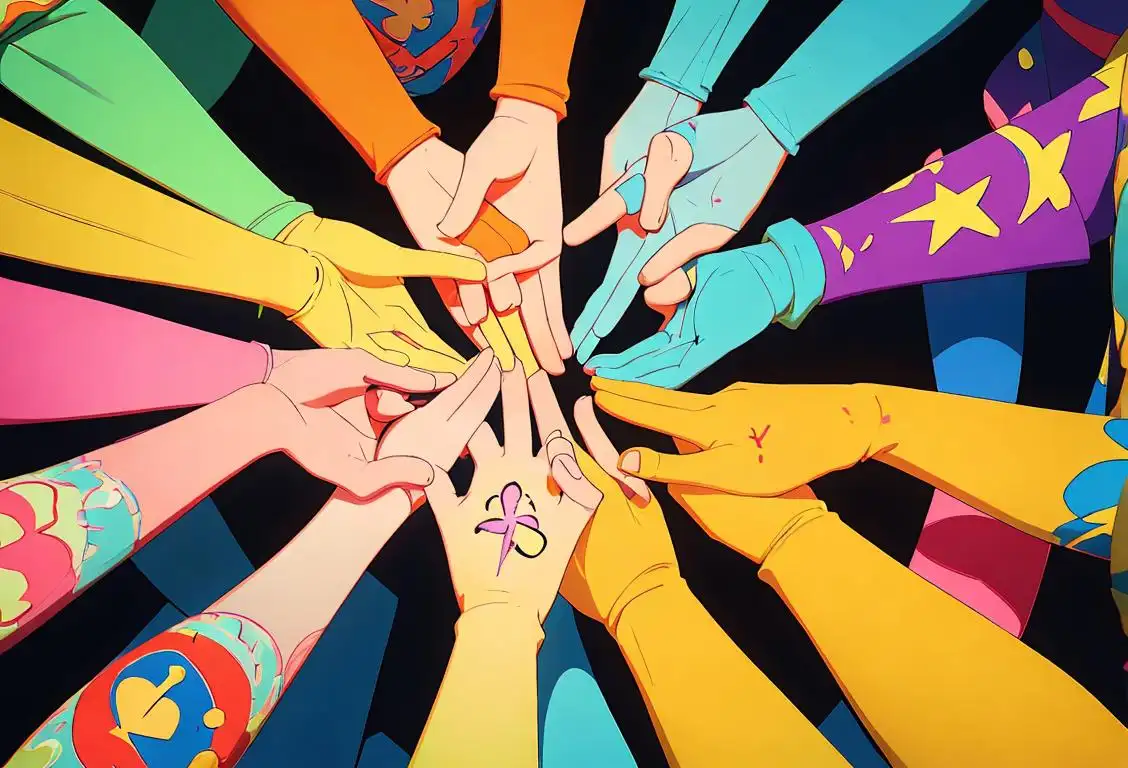National Mourning Day

Hello there, dear readers! Today, we're going to delve into the history of a day that perhaps isn't as cheery or chocolate-covered as some of the other observances we've explored here, but is nevertheless packed to the brim with meaning and significance. Yes, you guessed right! We're talking about National Mourning Day. Hold on to your tissues and let's get into it!
When is Mourning Day?
It's national mourning day on the 1st October.
A Deep Dive into the Ebb and Flow of National Mourning Day Mentions
National Mourning Day has garnered a grand total of 11443 mentions online so far. It sounds like quite a lot, right? But don’t worry, there hasn’t been a sudden and widespread outbreak of sorrow. Rather, this is a recognition of the universal experience of loss and the unifying power of shared grief. The peak online buzz about it happened to be on the 1st of October 2019. Perhaps that was a particularly reflective day, or maybe everyone just felt like somberly sipping tea and contemplating life.
But What Exactly is National Mourning Day?
Now, National Mourning Day isn't about wallowing in sadness or turning the whole day into one big blues fest. Instead, it's a day dedicated to remembering loved ones lost, honoring their memories, and acknowledging the impact they've had on our lives. It's also about recognising that mourning is a natural and necessary part of life - the yin to the yang of joy and celebration.
How Should One Commemorate this Day?
No rules, really! You could embark on a nostalgic journey through old photographs, spend some tranquil moments at a loved one's resting place, or simply indulge in their favorite foods as a delicious tribute. Some folks even like to engage in a friendly sports game as a shout-out to their departed loved ones' favourite hobbies. And no, you don't have to wear black unless it's your colour, in which case, rock on!
History behind the term 'Mourning'
5000 BCE
Early Funeral Rites
In ancient civilizations like Egypt and Mesopotamia, mourning rituals began as early as 5000 BCE. These early funeral rites were characterized by loud wailing, weeping, and lamentations by family members and close friends. Mourning during this time was a communal expression of grief, with professional mourners hired to assist in the process.
8th century BCE
Ancient Greeks and Romans
The concept of mourning was further developed by the Ancient Greeks and Romans. In both cultures, mourning was heavily influenced by religious beliefs. Greeks believed that the deceased would enter the realm of Hades, and mourning rituals were performed to honor the dead and ensure a peaceful afterlife. Romans held elaborate funeral processions, where mourners wore special attire and engaged in public displays of grief.
5th century CE
Christian Influence
With the rise of Christianity, new mourning practices emerged. Christian mourners focused on prayers, vigils, and the belief in the resurrection of the dead. The emphasis shifted from public displays of grief to a more personal and introspective mourning process. The black clothing commonly associated with mourning today originated during this time as a symbol of mourning and respect for the deceased.
19th century
Victorian Era Mourning
The Victorian era brought about an extensive mourning culture. Queen Victoria's mourning over the death of her husband Prince Albert set the tone for mourning customs in society. Mourning became highly formalized, with specific stages and strict etiquette. Mourning attire became even more elaborate, with different levels of mourning represented by the type and color of clothing worn. Black mourning jewelry and accessories gained popularity.
20th century
Modern Mourning Customs
In the 20th century, mourning practices started to evolve and become less rigid. While traditional mourning customs still persisted, there was also a growing acceptance of individual expressions of grief. Funerals became more personalized, and memorial services replaced some of the somber traditions of the past. Society became more open to discussing grief and providing support to those in mourning.
Did you know?
Did you know, the symbol of wearing black as a sign of mourning dates back to the Roman Empire when people wore a dark toga known as a 'toga pulla' during periods of mourning.Tagged
awareness loved ones rememberance mourning griefFirst identified
26th March 2015Most mentioned on
1st October 2019Total mentions
11443Other days
Mourning Day
Cheese Lovers Day
Sibs Day
Agriculture Day
Cancer Survivors Day
Biscuit Day
Pumpkin Day
Suicide Prevention Day
Memorial Day
Teddy Bear Day








